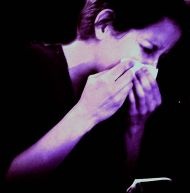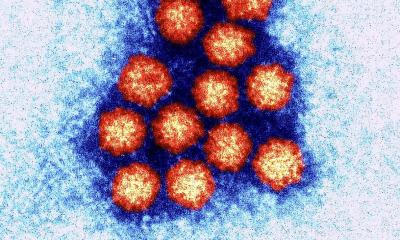Influenza A (H1N1) update
WHO has been carefully monitoring the spread of influenza A (H1N1) and has now raised the alert level to level 6. Raising the alert to level 6 is a measure of geographical spread of the virus and not a measure of its severity. At this time, WHO considers the overall severity of the situation to be moderate.

This assessment is based on scientific evidence as well as input from countries on the impact of the pandemic on their health systems, and their social and economic functioning.
The current assessment reflects that:
- Most people recover from infection without the need for hospitalization or medical care.
- Overall, national levels of severe illness from influenza A (H1N1) appear similar to levels seen during local seasonal influenza periods, although high levels of disease have occurred in some local areas and institutions.
- Overall, hospitals and health care systems in most countries have been able to cope with the numbers of people seeking care, although some facilities and systems have been stressed in some localities.
What you can do to protect yourself and others from catching influenza A (H1N1)
The main route of transmission of the new influenza A (H1N1) virus seems to be similar to seasonal influenza, via droplets that are expelled by speaking, sneezing or coughing. You can prevent getting infected by avoiding close contact with people who show influenza-like symptoms and by taking the following measures:
- avoid touching your mouth and nose;
- clean hands thoroughly with soap and water, or cleanse them with an alcohol-based hand rub on a regular basis (especially if touching the mouth and nose, or surfaces that are potentially contaminated);
- avoid close contact with people who might be ill;
- reduce the time spent in crowded settings if possible;
- improve airflow in your living space by opening windows;
- practise good health habits including adequate sleep, eating nutritious food, and keeping physically active.
Do I need to use a mask?
If you are not sick you do not have to wear a mask. If you are caring for a sick person, you can wear a mask when you are in close contact with the ill person and dispose of it immediately after contact, and cleanse your hands thoroughly afterwards. If you are sick and must travel or be around others, cover your mouth and nose. More information is available at the WHO web site: www.who.int
16.06.2009











